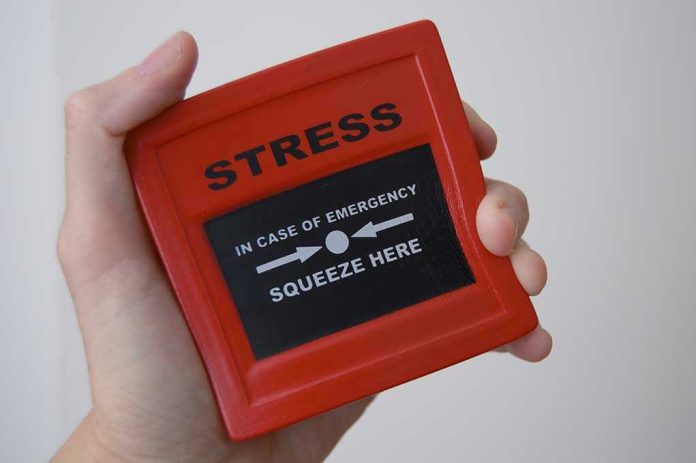
Imagine a world where the burden of high energy bills during extreme weather is lifted for those who need it most—this is the promise of LIHEAP.
Story Overview
- LIHEAP offers vital energy cost assistance to low-income households.
- Application windows vary by state, typically opening in late fall.
- Program includes crisis intervention and weatherization services.
- Early application is crucial due to limited, first-come, first-served funding.
Understanding LIHEAP’s Role
The Low Income Home Energy Assistance Program (LIHEAP) is a federally funded initiative aimed at helping low-income households manage their energy costs during peak heating and cooling seasons. Established in 1981, this program addresses energy needs by providing financial assistance for utility bills, thereby reducing the threat of shutoffs and ensuring household safety. Administered by the U.S. Department of Health and Human Services, LIHEAP is crucial for vulnerable communities facing energy insecurity.
Each state administers LIHEAP with its unique application timelines, eligibility criteria, and benefit levels. Typically, applications open between October and January, with states like Pennsylvania accepting them from November 4, 2024, to April 18, 2025. This variability requires applicants to be vigilant about their state’s specific deadlines to leverage the program benefits effectively.
Eligibility and Application Process
To qualify for LIHEAP, households must meet income guidelines, which vary by state and are based on federal poverty levels. Applicants need to provide proof of income, utility bills, and identification. The program prioritizes those facing immediate energy crises, such as potential utility shutoffs or extreme weather conditions. Early application is encouraged due to limited funding, which is distributed on a first-come, first-served basis.
Online application portals have increased accessibility, allowing applicants to submit documents and track their application status with ease. Community Action Agencies often assist in this process, offering support to applicants who may struggle with digital forms or need help understanding eligibility criteria.
Program Impact and Challenges
LIHEAP significantly impacts low-income households by providing relief from high utility bills, thus reducing financial stress and enhancing safety during extreme weather. The program also incorporates weatherization services, aiming to improve long-term energy efficiency and reduce future energy costs. These measures not only aid household stability but also contribute to better health outcomes by preventing heat- or cold-related illnesses.
However, LIHEAP faces challenges, such as funding shortfalls and administrative delays, often exacerbated during periods of high demand. The program’s success depends on timely appropriations and efficient administration to meet the rising need for energy assistance, especially as extreme weather events become more frequent.
Current Developments and Future Outlook
The 2024-2025 LIHEAP application period has commenced in most states, bringing renewed focus on the program’s importance. Enhanced outreach efforts and online application systems have improved accessibility, but applicants are reminded to apply early due to the program’s limited resources. Federal officials have confirmed continued funding for 2025, but the future of LIHEAP will depend on addressing administrative bottlenecks and potentially expanding eligibility to meet growing demands.
Ultimately, LIHEAP remains a critical lifeline for low-income families, seniors, and disabled individuals facing energy insecurity. As the program continues to evolve, its success will hinge on strategic funding, efficient administration, and robust advocacy to ensure that no household is left in the cold—or heat—when they need help the most.
Sources:
Propel App LIHEAP Application Guide
Pennsylvania State LIHEAP Portal
California LIHEAP Application Portal
California Department of Community Services & Development













